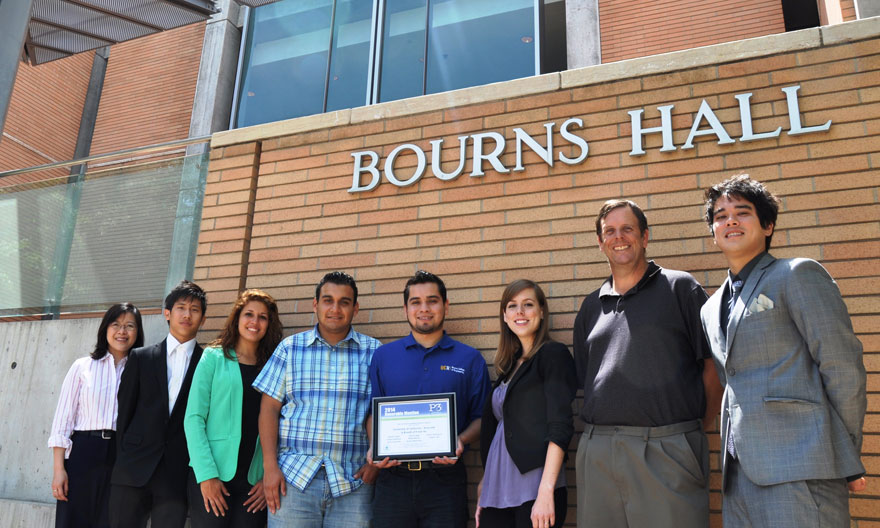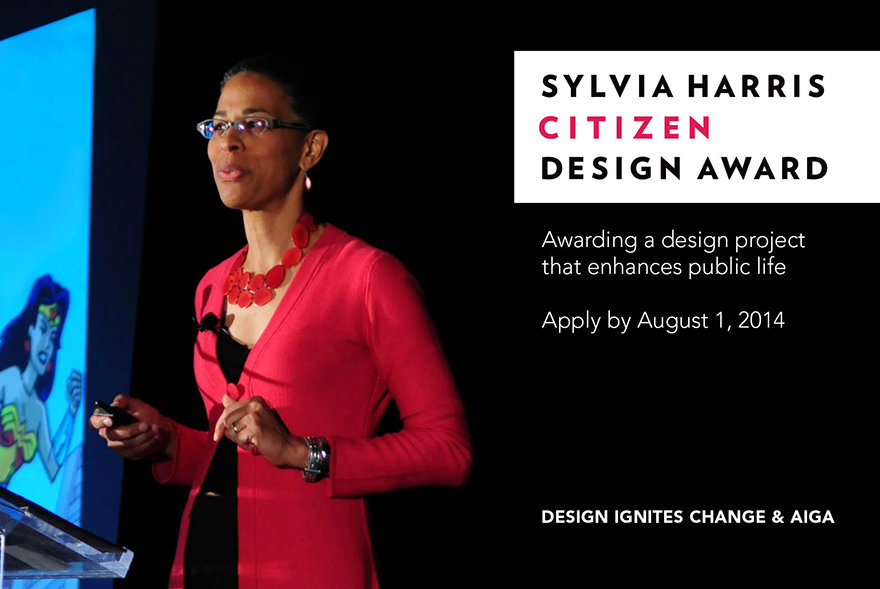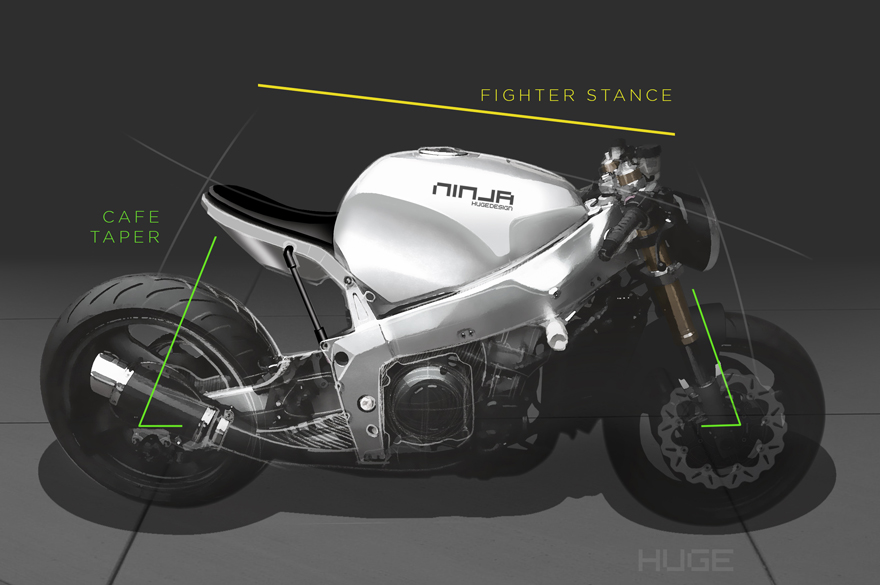![true-id-4.jpg]()
Editor: Is there a community of like-minded designers in your area? Have you ever thought about teaming up with them to set up a group show, one that you could export to another city? Well, Anonymous Designer figured he'd do just that--and here's what he found.
Where I live in City A, there are a lot of individual designers, but not much of a design community. So ever since I graduated design school I've been trying to organize some group shows here to get some community going. We all want to get our work out there and explore the larger markets outside of City A, so a group show held in larger City B made sense.
So last year, me and a half-dozen other designers put together a group show and exported it to City B. It ended up being a bit of a nightmare because the curator was sort of a train wreck. But this year we decided to repeat the experience and hold another group show in City B. We figured it would be easy this time—new curator, and we had the experience, contacts and relationships from last year that taught us what we needed to do and in what order. Simple, right?
Wrong. This year turned into a clusterfuck. You festival-goers probably have no idea what's going on behind the scenes, so here's my list of Top Ten Problems with Organizing a Group Design Show, in order of how they unfold.
![0TID27_1.jpg]()
1. Getting Funding
To set up a group design show, you need sponsorship and funding. Last year we hit up corporations, manufacturers, wealthy families that patronize the arts, anyone local who had anything to do with design. After they all said no we resorted to cold-calling everyone in our network. Here's what we found: Everyone in City A was excited about the prospect of this group show, but except for just one production house willing to sponsor us, no one was excited enough to fork over some cash.
So this year we decided to try crowdsourcing, turning to Kickstarter for our funding. And we found that putting together a Kickstarter campaign is a real bitch! It is a process: Writing and editing the script, finding a good videographer, setting up the lighting, shooting video clips, traveling around different shops to shoot more video clips, finding a video editor, recording the voiceovers for the videos, not to mention getting all of the stuff organized for the actual campaign web page. Don't underestimate how long it takes to try to get all of these things right.
![0TID27_2.jpg]()
2. Organizing Your People
Setting up a group show involves endless emailing. You've got a dozen designers in the show, several organizers, sponsors, partial sponsors, and it's a constant communications snafu. Some people weren't CC'ed when they should've been, someone did a "Reply" when they should've done a "Reply All" so now some people only got part of the information, someone typed "can" when they meant to say "can't," et cetera. You are constantly glued to your phone and practically getting an electromagnetic tan from the screen.
(more...)![]()






 The 2015 Ford Mustang
The 2015 Ford Mustang









 Photos by Alex Welsh unless otherwise noted
Photos by Alex Welsh unless otherwise noted Dong-Ping Wong had the unenviable task of going first...
Dong-Ping Wong had the unenviable task of going first... L: pensanyc; R: industrypdx
L: pensanyc; R: industrypdx














 The alphabetic branding behind the mosquito-repelling project
The alphabetic branding behind the mosquito-repelling project

 Words and images courtesy of Bill Webb
Words and images courtesy of Bill Webb












